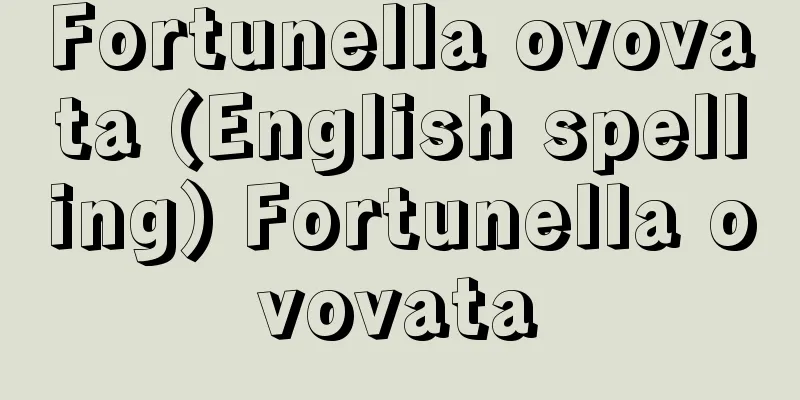Kaichiro Imaizumi - Kaichiro Imaizumi

|
A distinguished contributor to the history of Japanese steel technology. Doctor of Engineering. Born in Hanawa Village, Seta County, Gunma Prefecture (now Midori City). Graduated from the Department of Mining and Metallurgy at the Imperial University College of Technology (now the Faculty of Engineering at the University of Tokyo) in 1892 (Meiji 25). Growing up in a village along the Watarase River close to the Ashio Copper Mine as the son of a female doctor, which was still rare at the time, he had a deep interest in mining pollution control technology, and even while still a student he led the way in preventing smoke pollution by processing pyrite at the Besshi Copper Mine, as well as in the development of unused resources. He was discovered by the Minister of Agriculture and Commerce, Enomoto Takeaki, and with his support, he studied at the Freiberg Academy of Mines in Germany for two years from 1894. After returning to Japan, he was involved in the establishment of the government-run Yawata Steel Works, where he led the establishment of steelmaking technology and became its chief imperially appointed engineer. However, with the belief that the steel industry would develop in conjunction with peaceful industries rather than military ones, he founded Nippon Kokan Kaisha (now JFE Steel) with his friend Shiraishi Genjiro in 1912, and thereafter devoted himself to pioneering the field of private technology, and also served as chairman of the Iron and Steel Institute of Japan and president of the Nikkan Kogyo Shimbun, among other positions, and left behind a large work of excellent writing, including the magnum opus "Collection of Scrap Iron" (1930). [Kenichi Iida] [References] | | | |Source: Shogakukan Encyclopedia Nipponica About Encyclopedia Nipponica Information | Legend |
|
日本鉄鋼技術史上の功労者。工学博士。群馬県勢多(せた)郡花輪村(現、みどり市)に生まれる。1892年(明治25)帝国大学工科大学(現、東京大学工学部)採鉱冶金(やきん)学科を卒業。足尾銅山にも近い渡良瀬(わたらせ)川沿いの村で、当時まだ珍しい女医の子として成長した彼は、鉱害対策技術に深い関心を寄せ、在学中から別子銅山(べっしどうざん)の硫化鉄鉱処理による煙害防止、未利用資源開発などに先鞭(せんべん)をつけた。農商務大臣榎本武揚(えのもとたけあき)にみいだされ、その援助を受け、1894年から2年間ドイツ、フライベルク鉱山大学に留学、帰国後官営八幡製鉄所(やはたせいてつじょ)の創業に従事、同所の製鋼技術を確立に導き、主席勅任技師に進んだ。しかし鉄鋼業は軍事でなく平和産業に結び付いて発展するとの信念のもとに、1912年友人白石元治郎と日本鋼管株式会社(現、JFEスチール)を設立、以後は民間技術分野の開拓に尽くし、また日本鉄鋼協会会長、日刊工業新聞社社長などを歴任し、大著『鉄屑集(てつくずしゅう)』(1930)その他優れた著作も残した。 [飯田賢一] [参照項目] | | | |出典 小学館 日本大百科全書(ニッポニカ)日本大百科全書(ニッポニカ)について 情報 | 凡例 |
Recommend
Tadashi Iizawa - Iizawa Question
Playwright, director, and novelist. His real name...
Farming and weaving - Farming and weaving
It depicts rice cultivation and silk weaving. It w...
The Third Estate (English: Tiers état French)
The Third Estate refers to the commoners who do n...
Hot spring village - Onsen shuraku
A settlement that developed as a tourist and recre...
Imagawa Kuniuji
1243-1282 A military commander of the Kamakura pe...
Archelaos
...Amyntas I (r. ?-c. 495 BC) was subordinate to ...
Yotenki - Yotenki
One of the Tendai Shinto scriptures from the Kamak...
Paphos (personal name) (English spelling) Paphos
…(1) A king of Cyprus. He fell in love with an iv...
Amazonas (state) (English spelling)
A state in northwest Brazil. With an area of 1,5...
Sprechstimme (English spelling) [Germany]
A special vocal technique used in 20th century ope...
Irish harp
…It was once actively used at the Paris Conservat...
Minase Shrine
A shrine located in Hirose, Shimamoto-cho, Mishima...
Microfilm
Photographic film used to reduce and preserve book...
Substitute Zen Meditation
Kabuki dance piece. A dialogue between Tokiwazu an...
Irumeya - Irumeya
…Many of his prophecies are in poetic form and ar...









